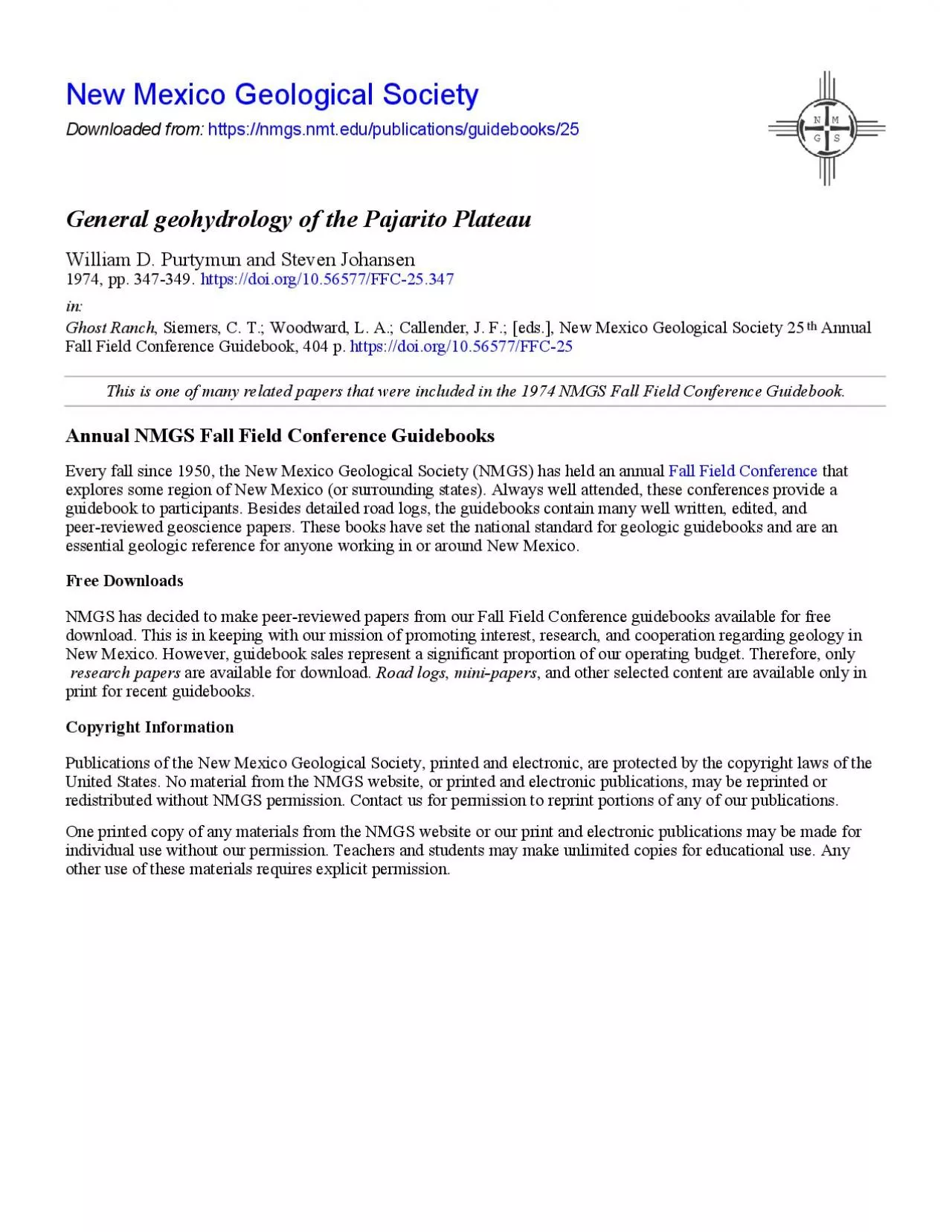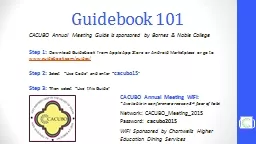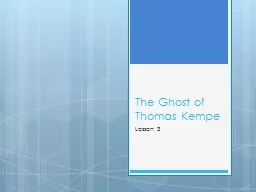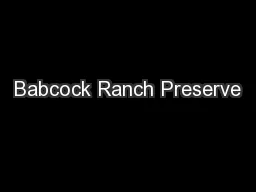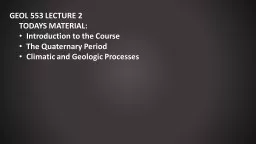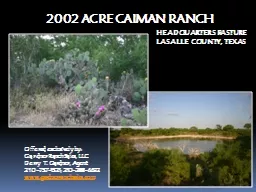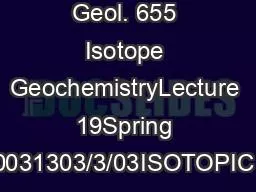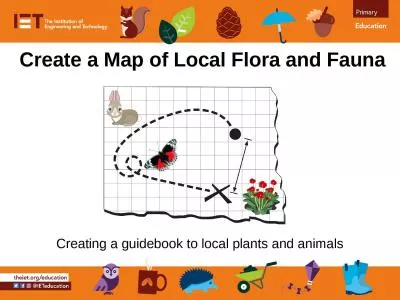PDF-New Mexico Geol Soc Guidebook 25th Field Conf Ghost Ranch Centra
Author : finley | Published Date : 2021-06-06
GENERAL GEOHYDROLOGY OF THE PAJARITO PLATEAU by WILLIAM D PURTYMUN and STEVEN JOHANSEN Environmental Studies Group University of California Los Alamos Scientific
Presentation Embed Code
Download Presentation
Download Presentation The PPT/PDF document "New Mexico Geol Soc Guidebook 25th Field..." is the property of its rightful owner. Permission is granted to download and print the materials on this website for personal, non-commercial use only, and to display it on your personal computer provided you do not modify the materials and that you retain all copyright notices contained in the materials. By downloading content from our website, you accept the terms of this agreement.
New Mexico Geol Soc Guidebook 25th Field Conf Ghost Ranch Centra: Transcript
Download Rules Of Document
"New Mexico Geol Soc Guidebook 25th Field Conf Ghost Ranch Centra"The content belongs to its owner. You may download and print it for personal use, without modification, and keep all copyright notices. By downloading, you agree to these terms.
Related Documents

